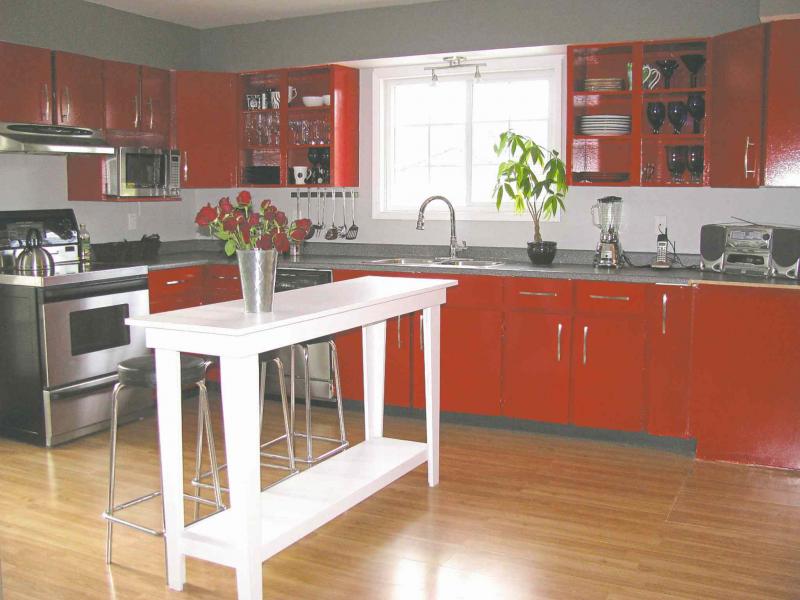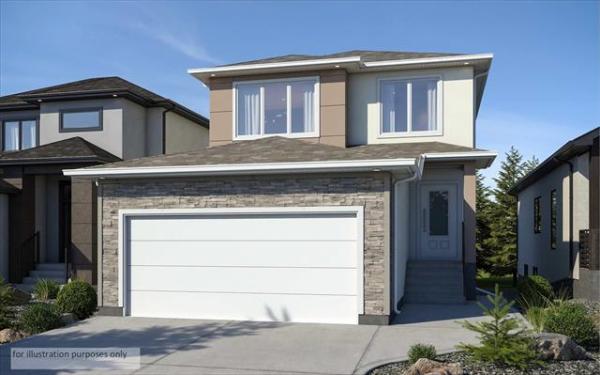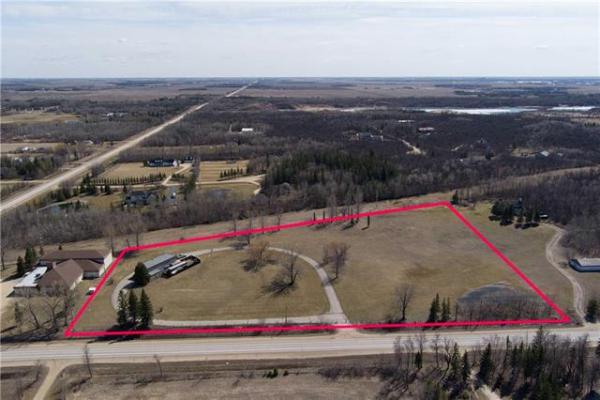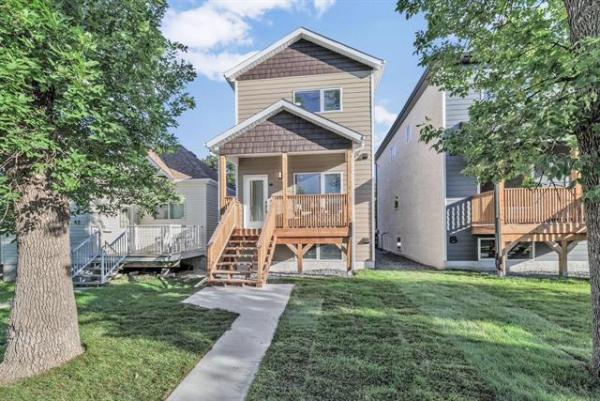Question: I am having trouble with my laminate floors, which are squeaking. I have tried adding cross members between the joists under the plywood seams and I have tried adding shims between the joists and plywood, but the plywood and joists are glued with sub-floor adhesive. I am not certain what else I can do and the laminate floors are squeaking quite badly in places. I am trying to sell my house and this is obviously a problem. If possible, could you please respond with any ideas you might have? Aaron Symchuk
Answer: The problem of squeaking floors in older homes is a common one and is often only repairable when flooring is changed. While efforts to fix the problem from underneath may be somewhat successful, starting from scratch is normally required for significant results.
There are many problems in homes that have either complex or simple solutions. Noisy floors may be one that could fall into either category. The simple answer to your question is there is either a problem with the flooring installation itself, or between the subfloor and joist below. Since you have little way of identifying a serious defect in the laminate flooring, unless you installed it yourself, further investigation will be required. If there is an installation defect it is often improper installation of the thin foam underlay or with connection of the individual flooring planks.
If the individual planks of the laminate flooring were not properly clicked or locked together, there may be subtle movement when walked on. This may be visible if gaps are seen to develop between these planks. Ask another person to walk across the noisy areas of the floor and see if you notice movement at the joints. If this is seen, removing and reinstalling the offending planks may be necessary. If no serious movement is seen, but the noise continues, checking the foam underlay is the next step. This will also require partial removal of the flooring, but can be done in a small area near an exterior wall of the room.
Make sure you are lifting a few boards at the end of the installation, so they can be easily replaced. Removing some baseboards may also be required, if it is installed over top of the flooring to partially hold it in place. Once the planks have been lifted, inspect the foam for defects. See if it is damaged, torn, partially disintegrated, buckled, or if there is excessive debris on top or below the area you have removed. If nothing stands out, remove several more planks and see if this positive trend continues, or if there are these issues further away from the initial point of removal. If the problem appears to simply be excessive debris below the flooring, lifting the underlay and vacuuming up the junk may remedy the problem.
If there is no obvious defect in either the underlayment or the laminate, have your assistant walk over the noisy areas now that the flooring is gone. Do you hear the same squeaks and groans? If so, the problem obviously lies with the plywood subfloor. This is less likely because you have observed the subfloor adhesive making your shimming efforts more difficult, but is still likely if the sheathing is nailed down or the adhesive has deteriorated in some spots. If you don't hear the noises once the flooring is lifted and the offending areas are weight-tested, the problem is in the laminate installation.
Unfortunately, which ever conclusion you come to in regards to the cause of the noisy floor, part of the solution will be the same. Removing the existing laminate flooring to access and repair the defects, no matter the culprit, will be required. One of the major benefits of this type of flooring is that it is designed with this capability. The original laminate flooring, which I believe originated in Europe, was engineered for apartment tenants. The idea was it could be easily installed without adhesives or fasteners, so it could be quickly lifted and removed when vacating the rented dwelling. That way tenants could have good quality flooring wherever they moved without the expense every time. Because of this, laminate flooring may be the most simple to repair when noisy flooring becomes an issue.
If you determine that the flooring or underlay is not defective in the material or installation, pulling it all up will still be the next step. Screwing down the entire plywood subfloor, or at least where the noisy sections are, will be the final solution. This should be easily accomplished with a common drill or screw-gun and some flooring screws, with the laminate temporarily lifted. Banging down, or removing, loose nails after the plywood is re-secured will complete this part of the remediation. Walking or jumping on the subfloor after screwing it down will help identify any areas that need further fasteners, but will also ensure you have done the correct repair.
While the problem of noisy flooring may often be improper installation, it is just as likely that it is due to movement between the old subflooring and the floor joists, from the loosening of fasteners over time. Either way, starting from square one, by removing the flooring, will be required to fix the problem. The benefit in your case is that the laminate flooring should be reusable and relatively easy to install after the noises are abated.
Ari Marantz is the owner of Trained Eye Home Inspection Ltd. Questions can be emailed to the address below. Ari can be reached at 204-291-5358 or check out his website at trainedeye.ca.
trainedeye@iname.com




